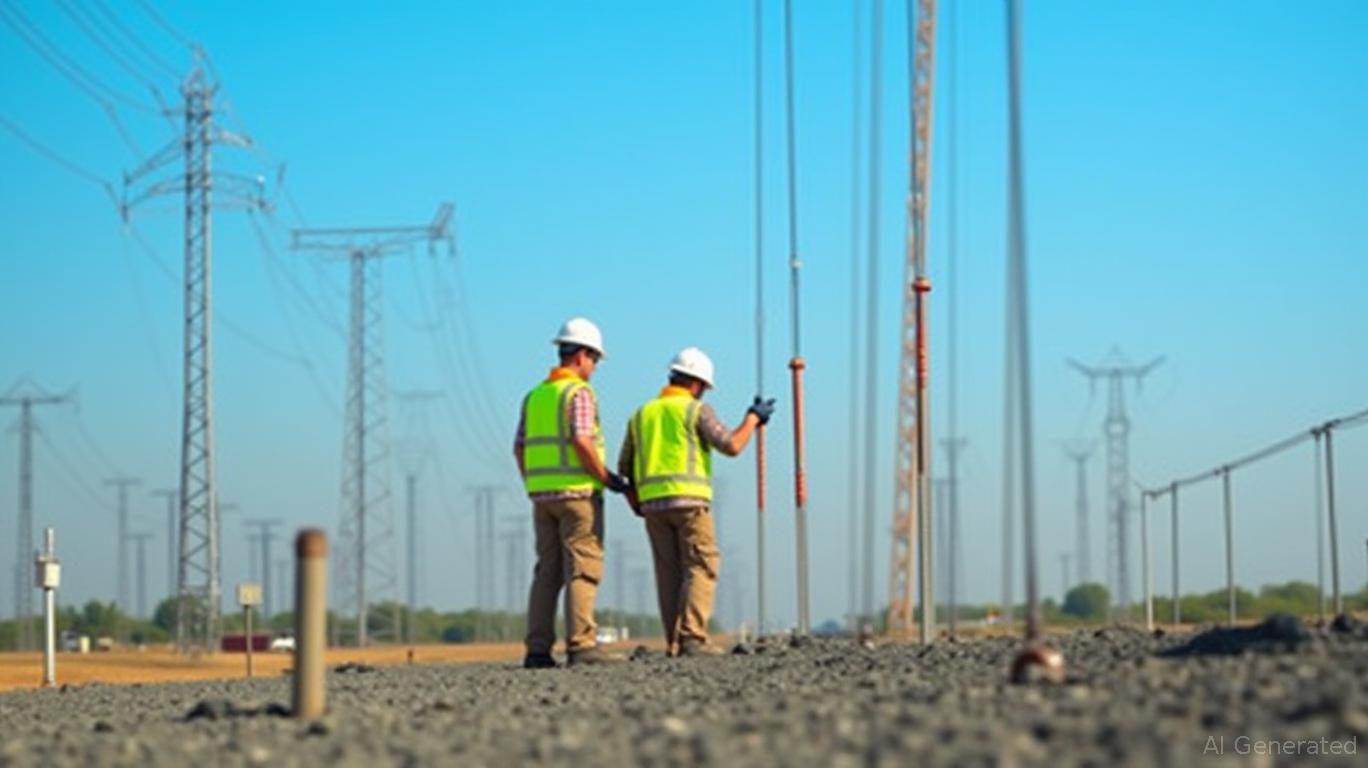Gridlines in the Sand: The Gig Harbor Outage and Utility Resilience
The sudden plunge into darkness across Gig Harbor and the Key Peninsula on April 25, 2025, was more than a mechanical hiccup—it was a stark reminder of the fragile infrastructure underpinning modern life. When over 34,000 customers lost power due to a failed transmission switch during routine maintenance, the outage became a pressure test for Peninsula Light Company (PenLight) and a cautionary tale for utilities nationwide.

The Anatomy of a Blackout
The crisis began at 9:18 a.m. when Tacoma Public Utilities (TPU) crews encountered a malfunctioning high-voltage switch during scheduled maintenance. The failure triggered a cascade, blacking out both transmission lines feeding PenLight’s substations. Within minutes, schools, businesses, and homes were plunged into darkness. Yet within two and a half hours, TPU restored transmission service—thanks to swift collaboration with PenLight crews. By noon, only 1,400 customers remained without power.
PenLight’s response was methodical but unapologetically candid: “All but a few members have power restored,” the company tweeted, urging patience as substations were reactivated incrementally to avoid overloads. The outage map at outages.penlightop.org became a lifeline for anxious customers, offering real-time updates on restoration timelines.
A Mirror for the Utility Sector
This incident underscores a recurring dilemma for investors: How do utilities balance cost discipline with the need for grid hardening? PenLight, a consumer-owned cooperative, operates in a region where aging infrastructure and climate volatility collide. The outage’s root cause—a mechanical failure during maintenance—raises questions about preventive investment.
Utilities have long been defensive plays, offering steady dividends amid economic uncertainty. But as extreme weather and aging infrastructure amplify operational risks, investors must scrutinize companies’ capital allocation strategies. PenLight’s rapid recovery relied on pre-established partnerships with TPU and real-time data tools—a model that may soon define sector leaders.
Consider NextEra Energy (NEE), which has invested heavily in grid resilience and renewable integration. Its stock has outperformed the S&P 500 by 40% since 2020, reflecting investor confidence in proactive infrastructure spending. By contrast, utilities lagging in modernization face regulatory scrutiny and reputational damage.
The Investor’s Playbook
The Gig Harbor outage isn’t an isolated incident. In the Pacific Northwest alone, weather-related outages surged by 22% over the past decade, according to the U.S. Energy Information Administration. For investors, this creates both risks and opportunities:
- Risk Mitigation: Utilities with robust maintenance budgets and emergency protocols will attract capital. PenLight’s real-time outage map and collaborative response with TPU suggest it’s moving in this direction.
- Infrastructure Plays: Stocks like Dominion Energy (D) and PPL Corporation (PPL), which emphasize grid modernization, have seen dividend growth outpace peers.
- Regulatory Tailwinds: Federal and state grants for grid resilience—such as the $65 billion allocated under the Bipartisan Infrastructure Law—favor utilities prioritizing reliability.
Conclusion: The Cost of Inaction
The April 25 outage cost PenLight’s customers more than inconvenience—it exposed vulnerabilities with financial ramifications. A 2023 study by the Ponemon Institute estimated the average cost of a power outage to businesses at $9,000 per minute. For utilities, such risks translate to higher insurance premiums, regulatory penalties, and eroded consumer trust.
Investors should demand transparency from utilities on two metrics: capital expenditure (CapEx) on grid hardening and outage duration statistics. PenLight’s rapid restoration—resolving 96% of outages within three hours—suggests its CapEx is appropriately prioritized. However, the incident also reveals the sector’s broader challenge: balancing short-term profits with long-term resilience.
In an era where power grids are as critical as highways, the Gig Harbor outage isn’t just a footnote—it’s a roadmap. Utilities that invest in tomorrow’s grid will secure today’s investor confidence. Those that don’t may find themselves in the dark, financially and literally.


_442a2dcc1749832873286.jpeg)
_e68fac6d1749831664430.jpeg)





